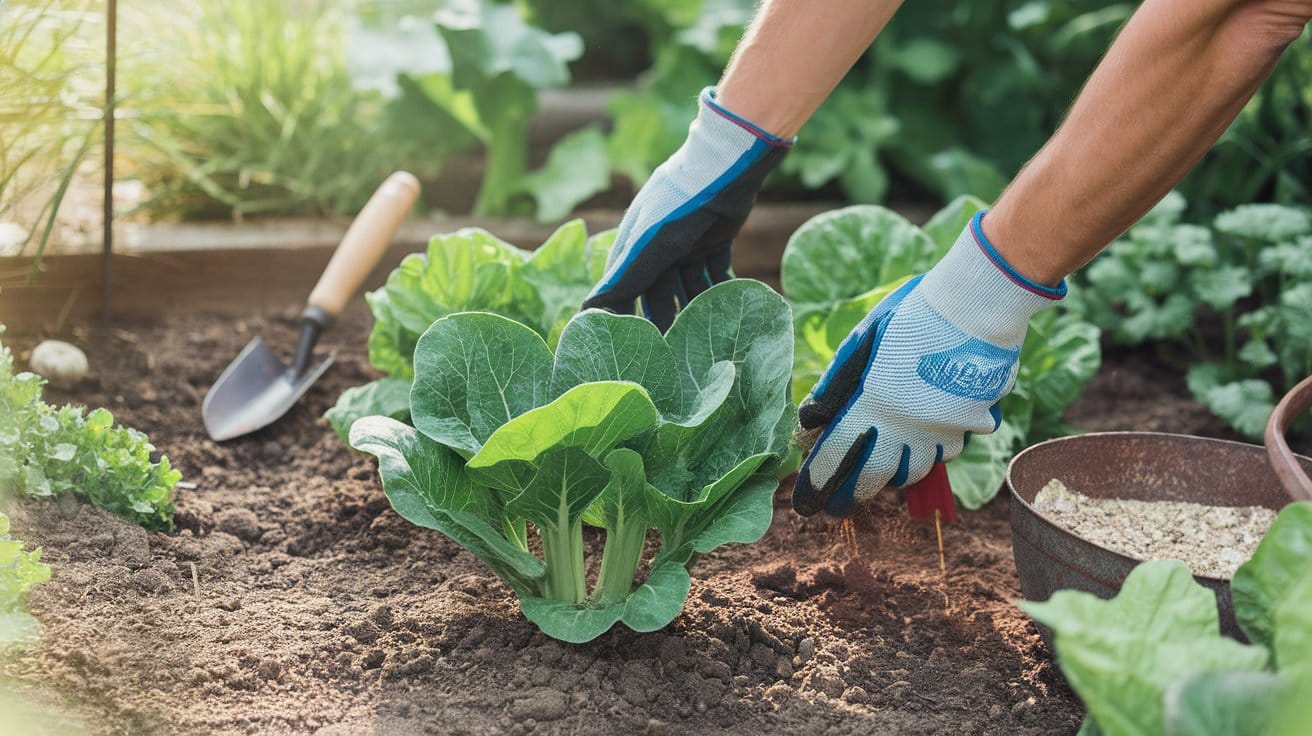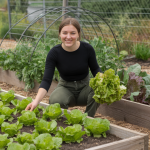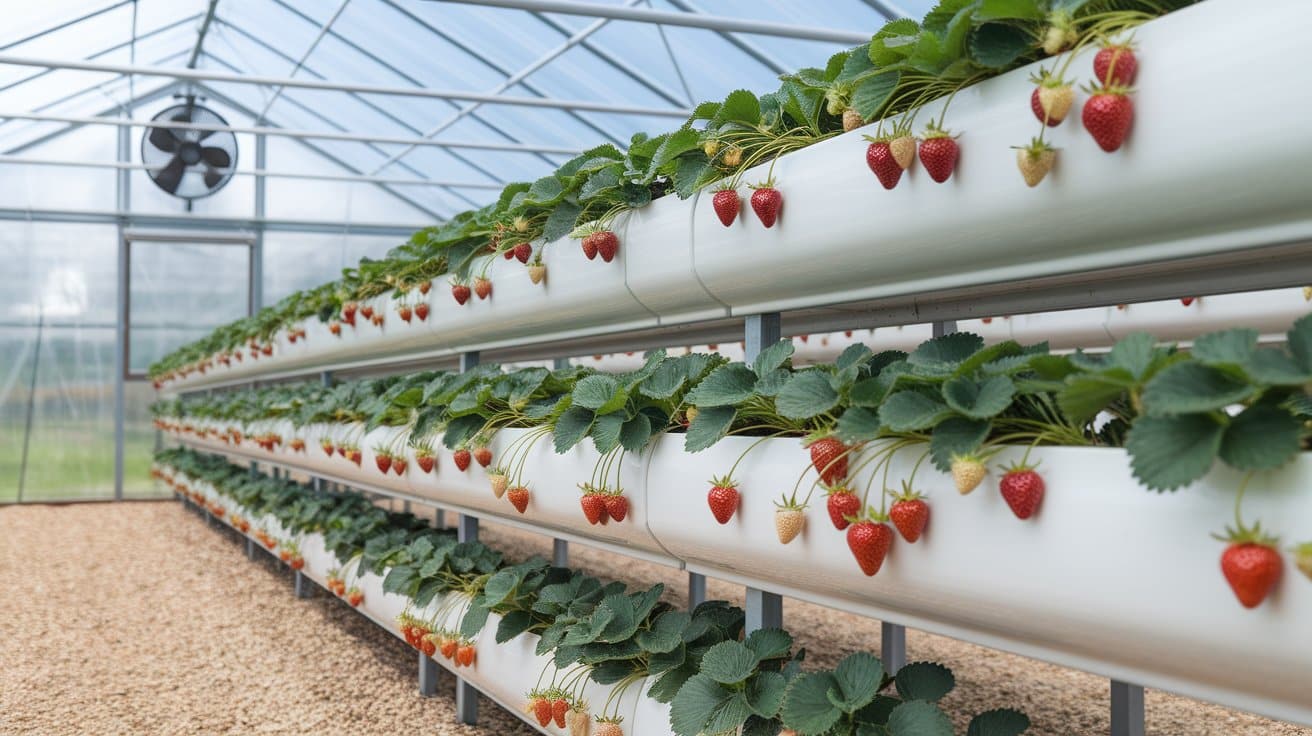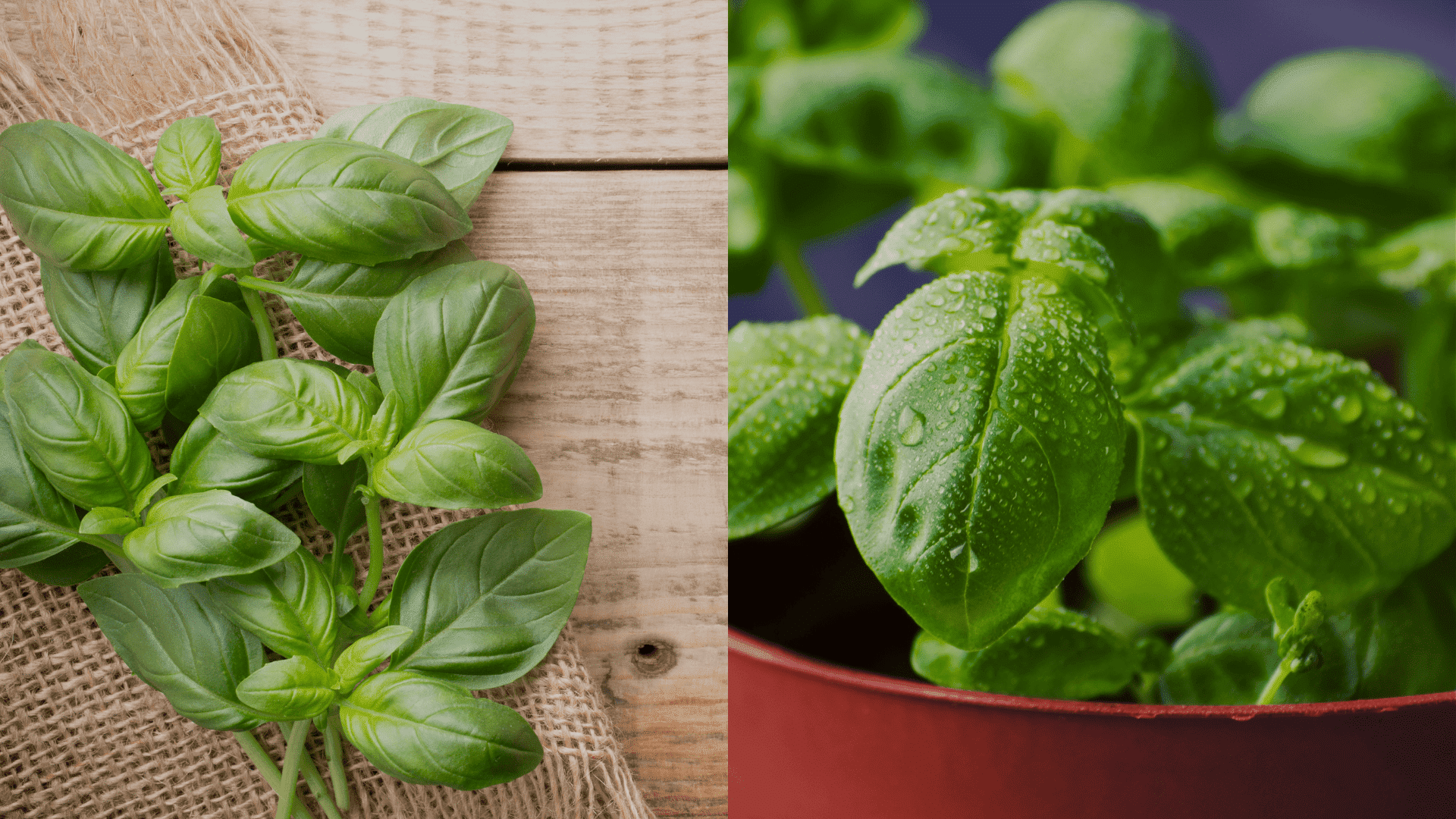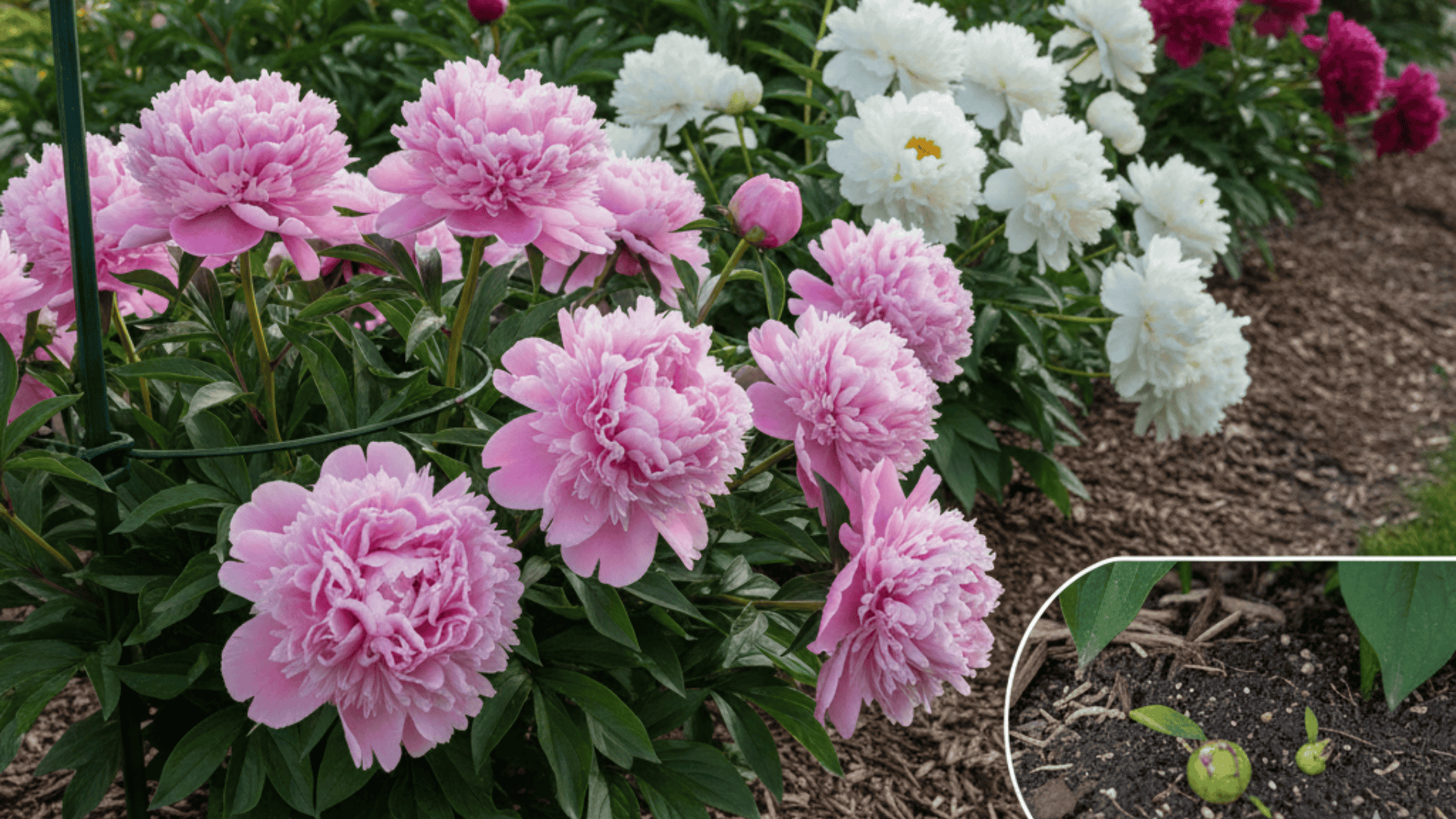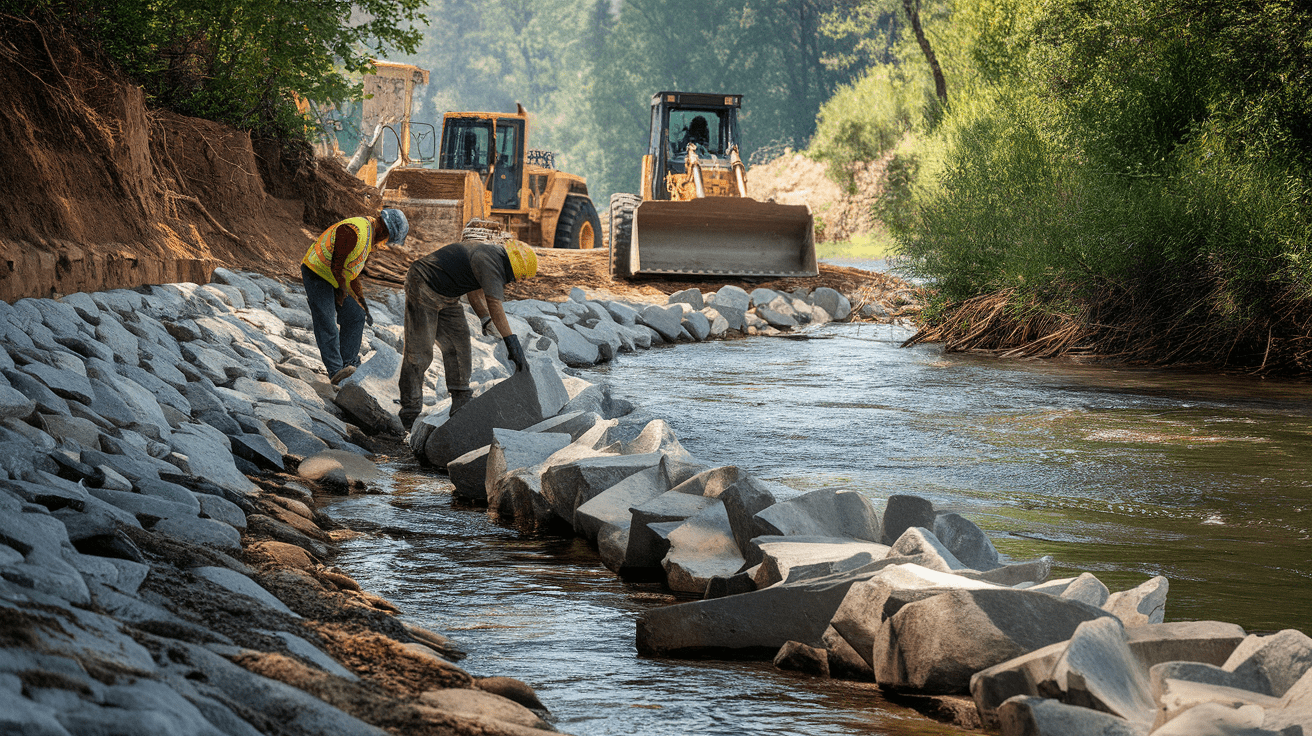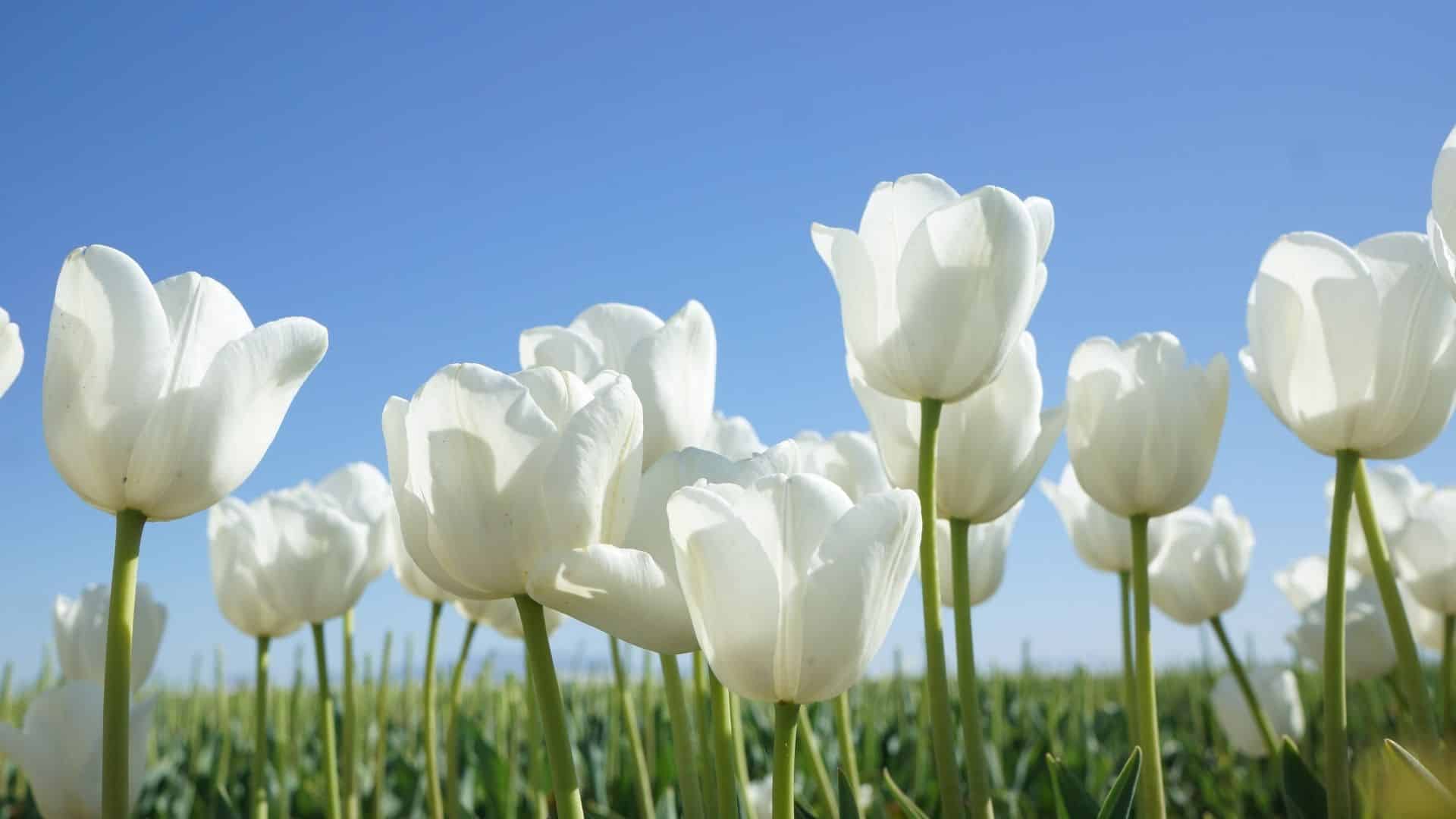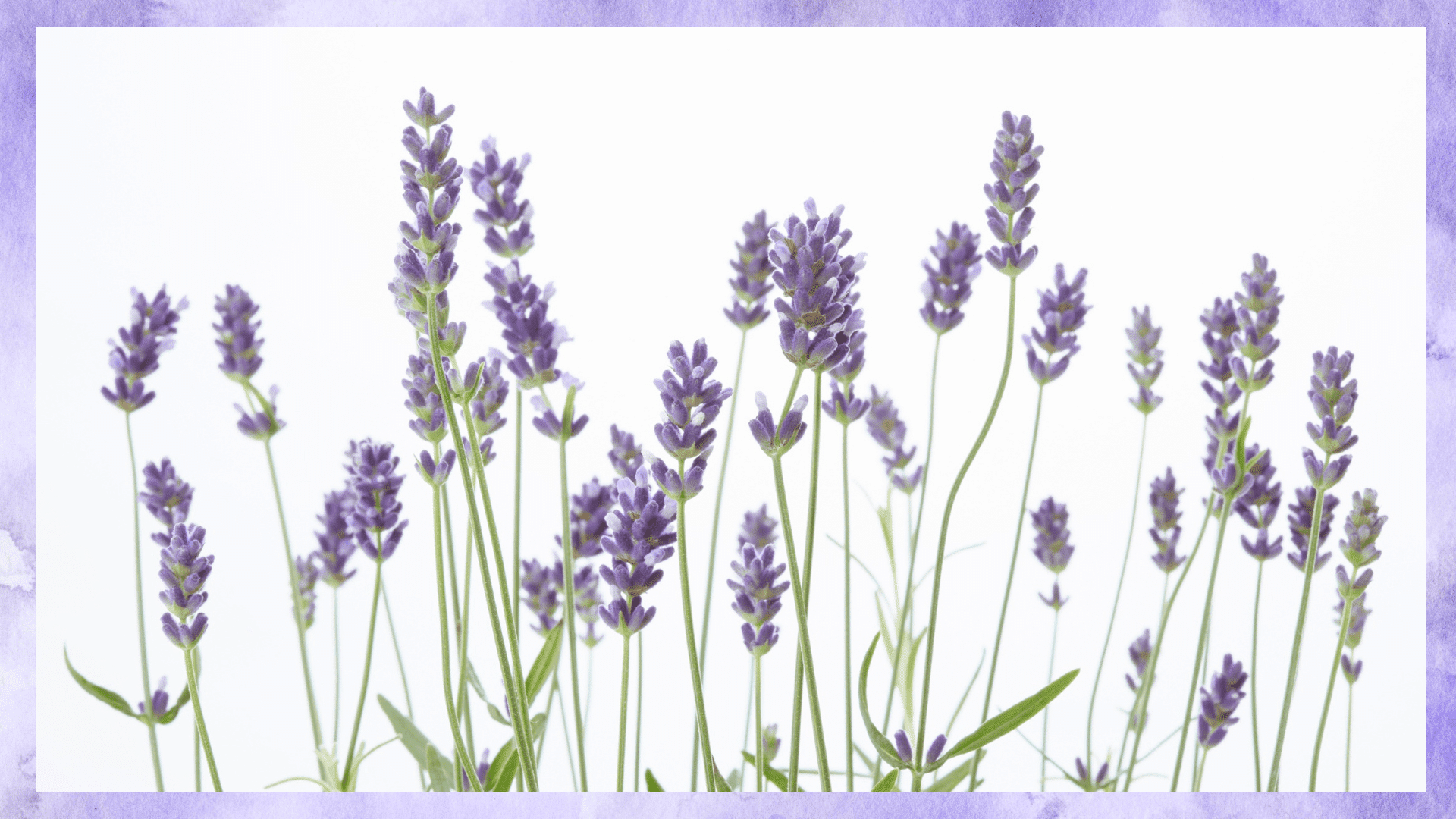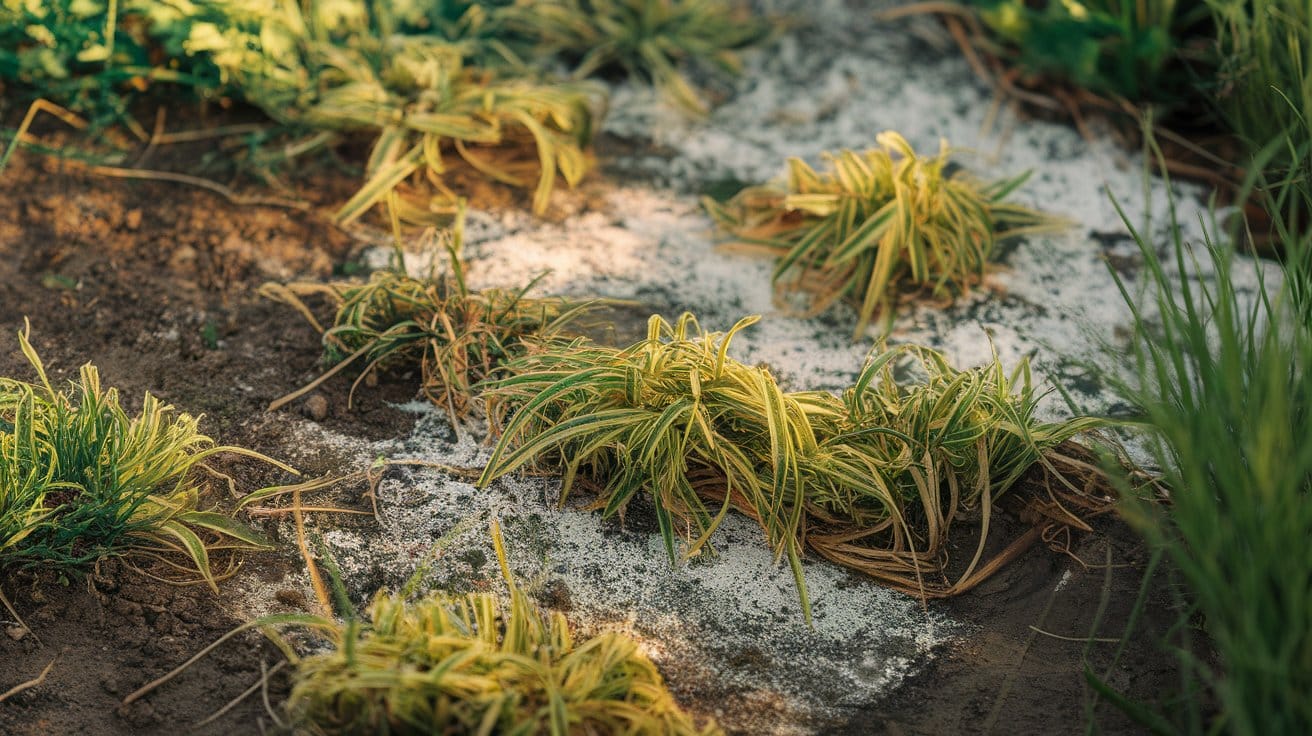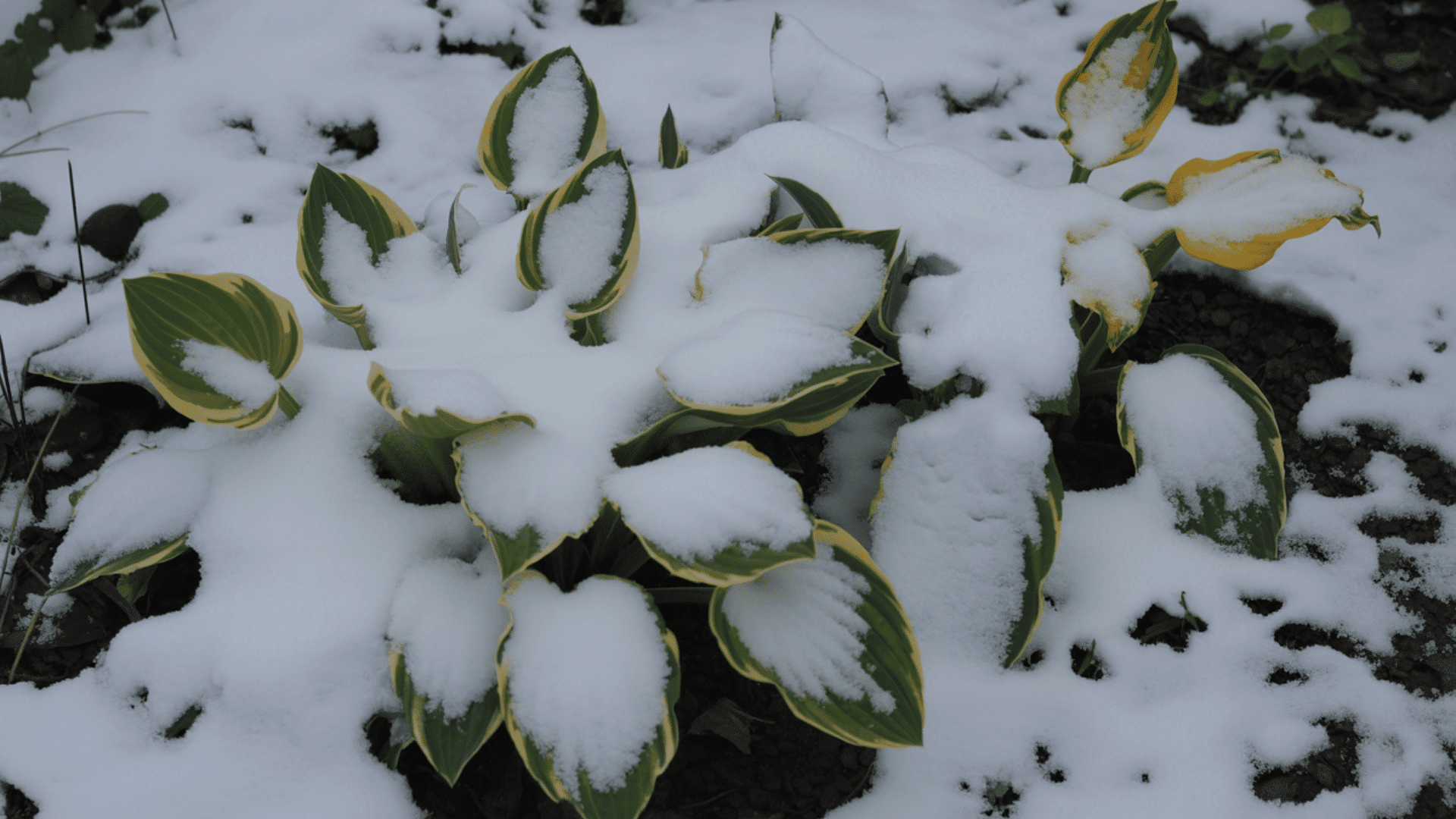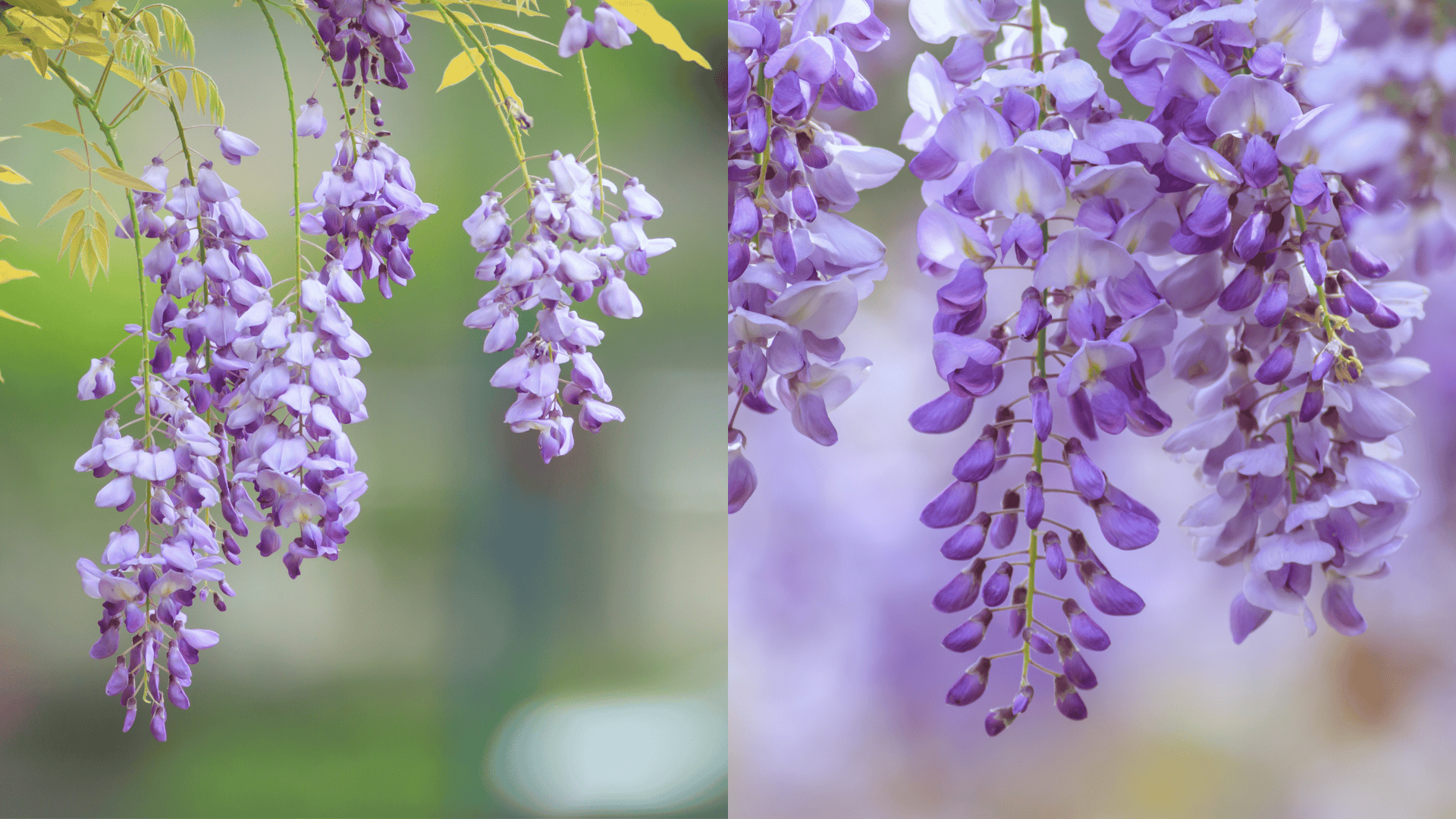Healthy plants often don’t require chemical fertilizers. Nature already provides what they need.
Your kitchen scraps, yard waste, and common household items can become powerful plant food.
Homemade natural fertilizers are often less expensive than store-bought options.
They’re safe for your family, pets, and the environment, and easy to make.
Here, you will learn about simple recipes for natural plant fertilizer and which ingredients work best for different plants.
I’ve also shared tips to help your garden grow strong and healthy.
How are Natural Plant Fertilizers made?
Natural plant fertilizers come from organic, non-synthetic sources, such as kitchen scraps and yard waste.
These fertilizers utilize natural materials instead of synthetic chemicals. They provide essential nutrients without harmful additives.
Unlike chemical fertilizers that give plants a quick boost, natural options feed your soil first.
Key Benefits of Natural Fertilizers:
- Eco-friendly:They don’t harm soil or water systems
- Safe for families: No toxic chemicals around children or pets
- Cost-effective: Use free kitchen scraps and yard waste
- Soil enrichment: They improve soil structure over time
- Easy nourishment: Release nutrients slowly without burning plants
Common Ingredients List for Homemade Fertilizer
These common materials provide the three main nutrients plants need: nitrogen, phosphorus, and potassium.
You probably have most natural fertilizer ingredients in your kitchen or yard right now.
Most of these ingredients work best when aged or composted first. Fresh materials can be too strong for plant roots to handle.
1. Kitchen scraps that make great fertilizer:
- Banana peels: Rich in potassium for strong stems and roots
- Eggshells: Calcium source for cell wall strength
- Coffee grounds: Nitrogen boost for leafy green growth
- Used tea bags: Gentle nutrients and soil conditioning
2. Yard and garden materials:
- Grass clippings: High nitrogen content from fresh cuts
- Fallen leaves: Slow-release nutrients and soil structure
- Compost: Balanced nutrition from decomposed organic matter
3. Other household items:
- Wood ash: Potassium and pH adjustment (use sparingly)
- Seaweed: Micronutrients and natural growth hormones
Tip: Always rinse saltwater items, such as seaweed, before use.
11 Homemade Natural Fertilizer Recipes
These natural alternatives are less expensive than store-bought fertilizers and work just as effectively for promoting healthy plant development. Each recipe targets specific plant nutrients and growth needs.
1. Banana Peel Fertilizer
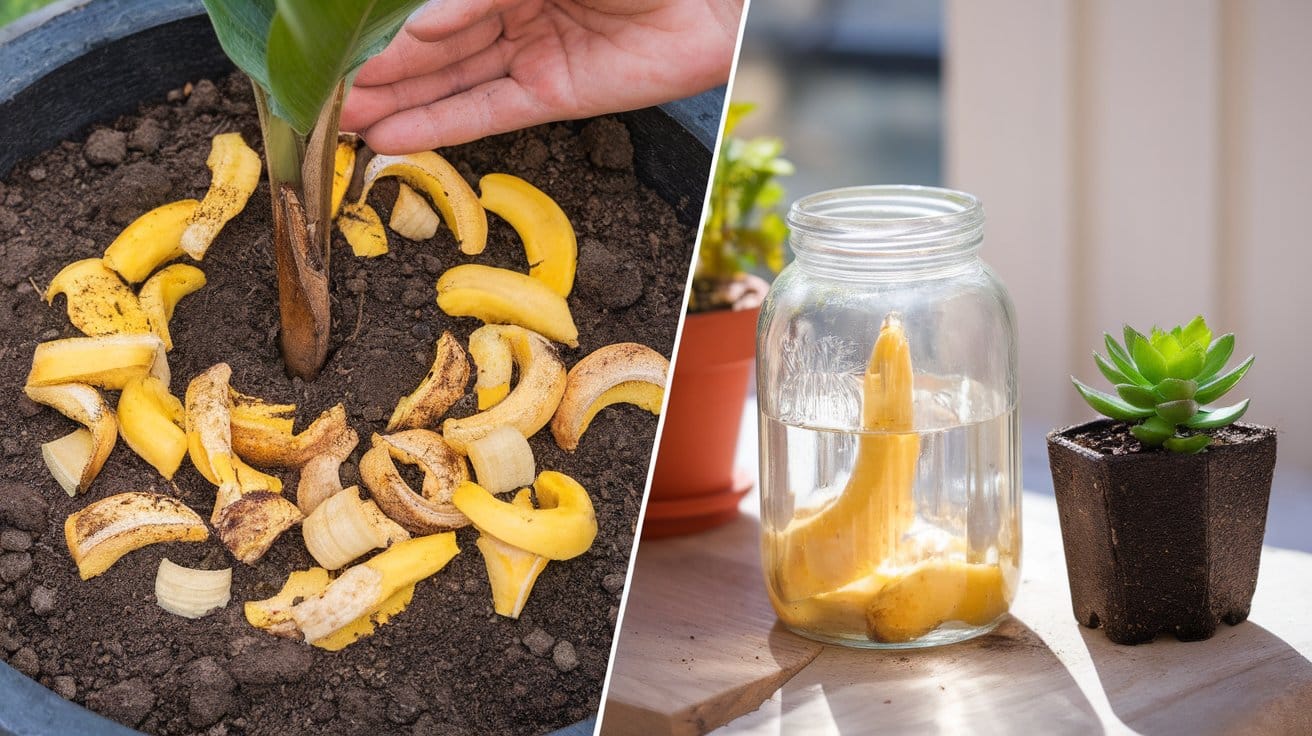
Banana peels contain high levels of potassium and phosphorus. These nutrients help plants develop strong roots and resist disease.
Method 1 – Direct Burial: Chop banana peels into small pieces and bury them 2-3 inches deep around the base of the plant.
Cover with soil and water normally. The peels will decompose slowly and feed your plants over time.
Method 2 – Liquid fertilizer: Blend 2-3 banana peels with 3 cups of water.
Let the mixture sit for 24 hours, then strain out the solids.
Use this liquid to water your plants weekly for a quick nutrient boost.
2. DIY Eggshell Fertilizer
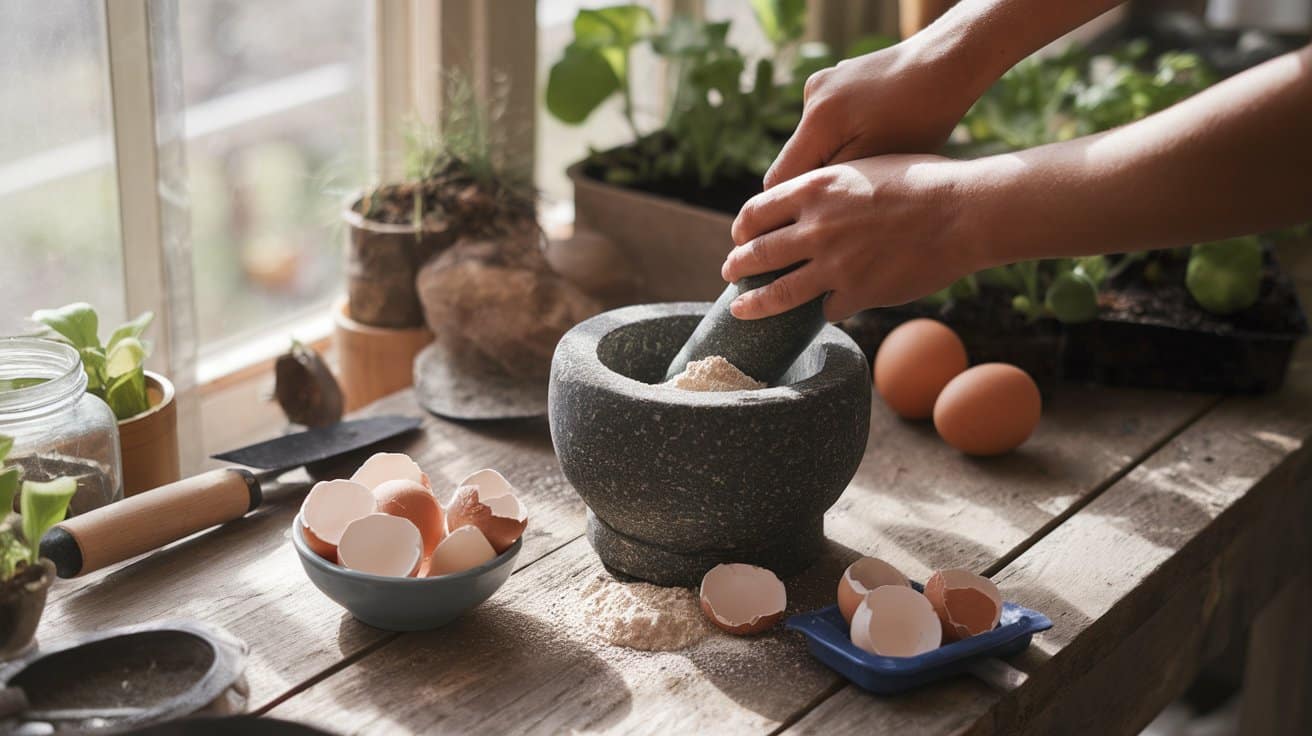
Eggshells provide calcium that strengthens plant cell walls. This helps prevent blossom end rot in tomatoes and peppers.
To make eggshell fertilizer at home, clean eggshells thoroughly and let them dry completely.
Crush the shells into fine powder using a mortar and pestle or coffee grinder.
Sprinkle the powder directly around plant stems and work it gently into the top inch of soil.
Use approximately 1 tablespoon per plant per month during the growing season.
3. Coffee Grounds Fertilizer
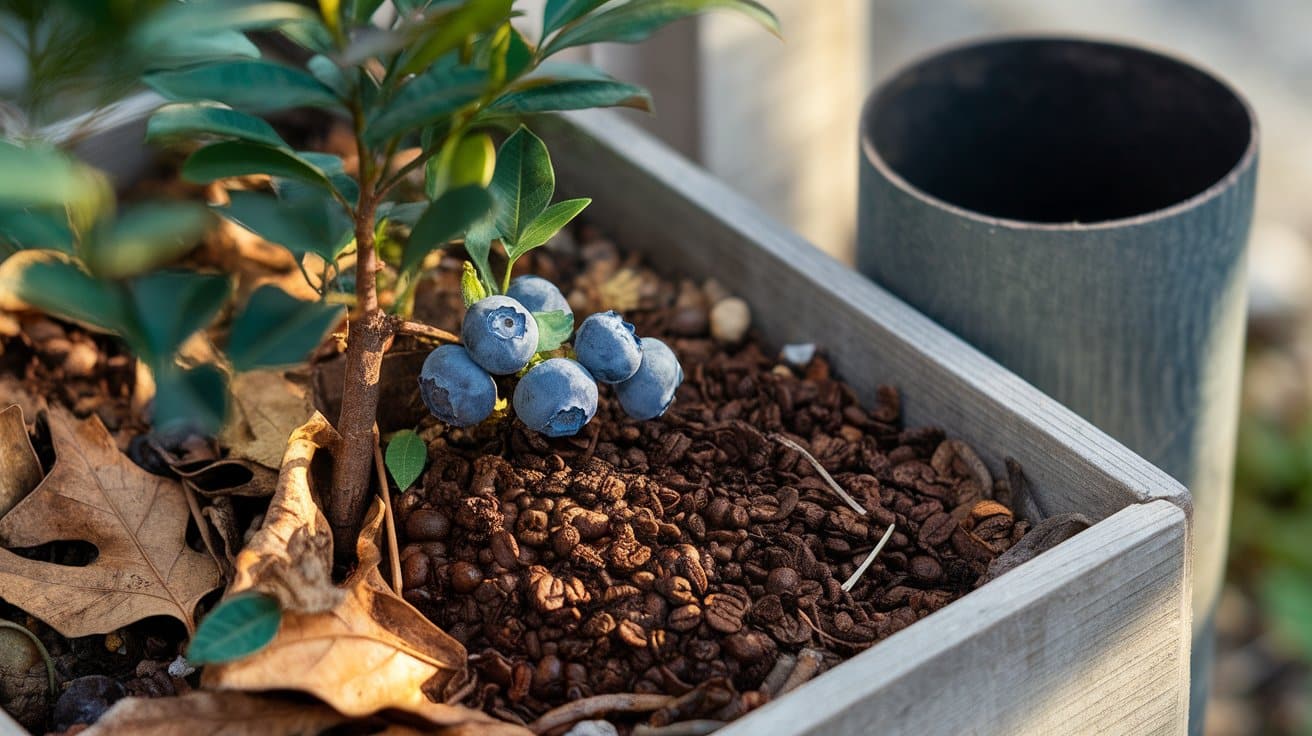
Used coffee grounds add nitrogen to soil and improve drainage.
They work especially well for acid-loving plants like blueberries and azaleas.
For direct application, mix the used grounds with equal parts brown material such as dried leaves or shredded paper.
Spread a thin layer around plants, but never use more than 25% coffee grounds in any mix to avoid making the soil too acidic.
You can also add grounds to your compost bin regularly.
Balance them with carbon-rich materials and use the finished compost as a soil amendment.
4. Compost Tea
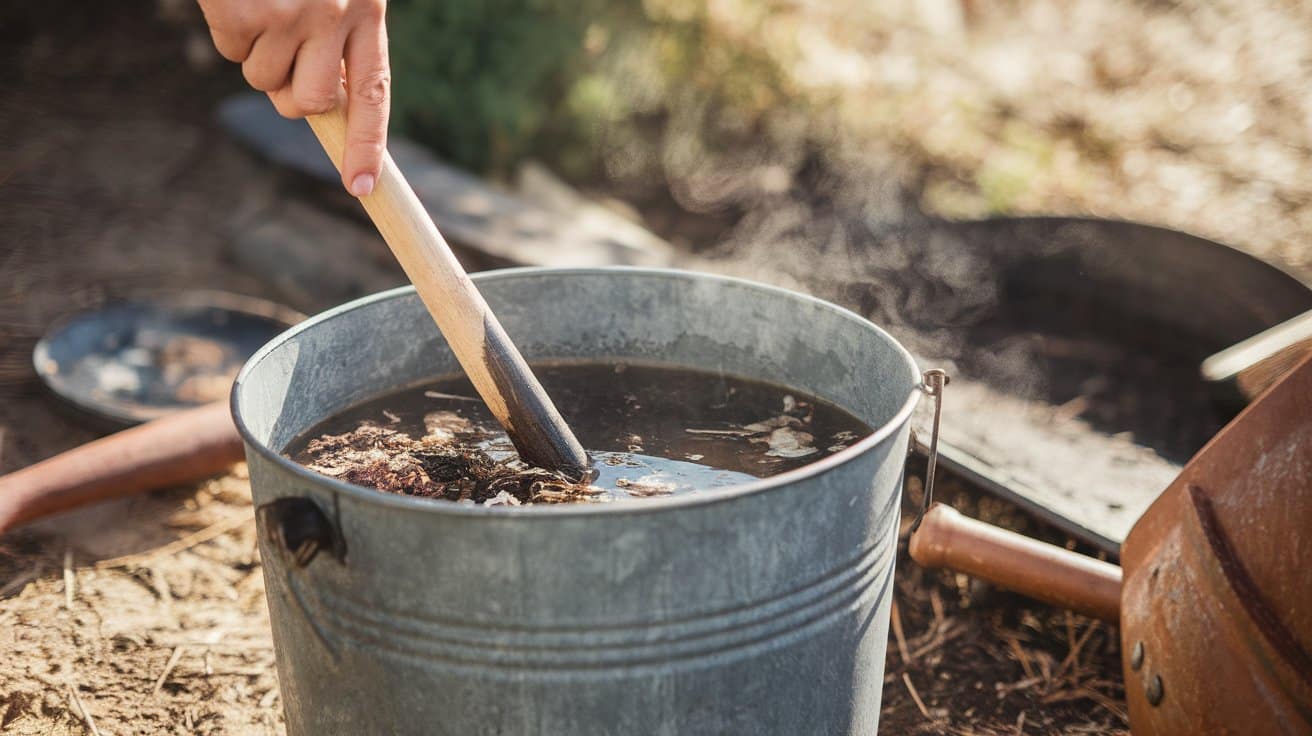
This liquid fertilizer delivers nutrients directly to plant roots. It’s gentle enough to use weekly during the growing season.
Fill a bucket with 1 part finished compost and 5 parts water. Stir the mixture thoroughly and cover it.
Let the tea steep for 2-3 days, then strain the liquid through cheesecloth.
Apply as a soil drench around the plant base. Use within 24 hours for best results.
5. Grass Clipping Fertilizer
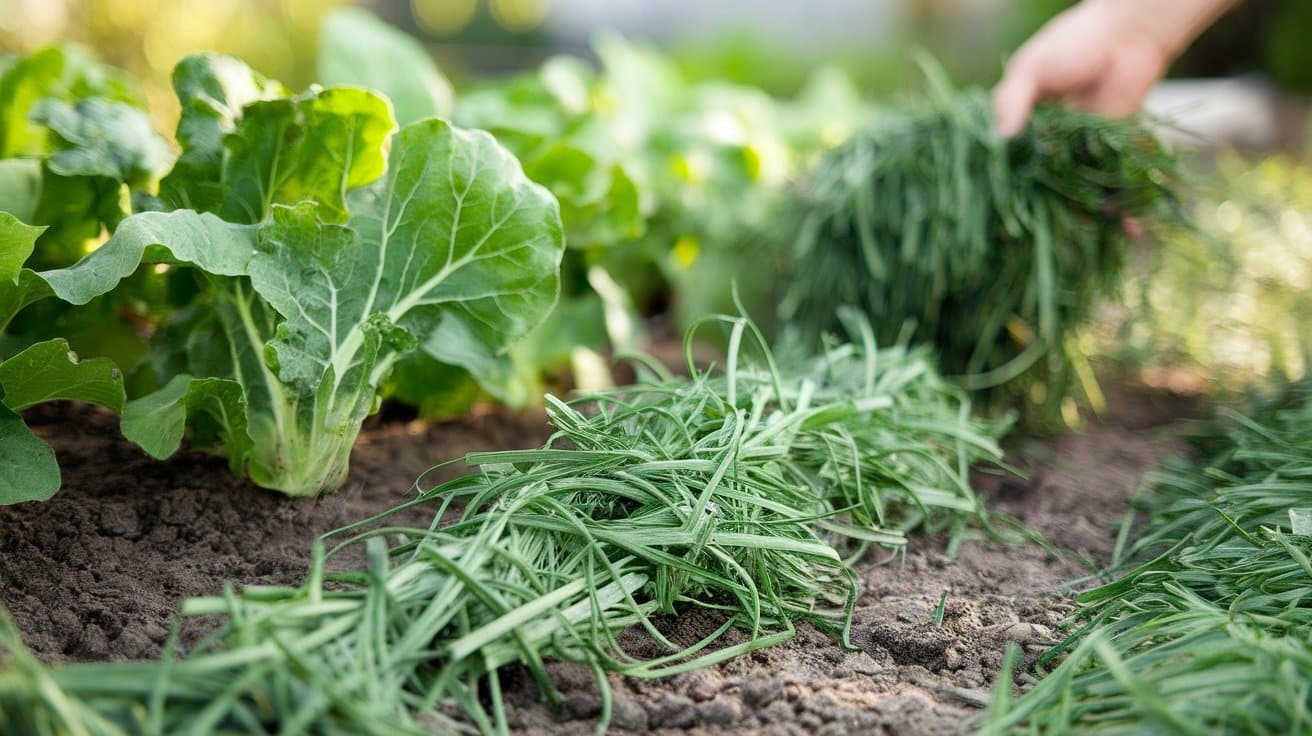
Fresh grass clippings release nitrogen quickly. They also work as mulch to retain soil moisture.
Spread a thin layer of clippings around plants, keeping them away from plant stems. Let clippings dry between plants and walkways.
Reapply every 2-3 weeks during the growing season.
To make grass tea, fill a container with fresh clippings and add water to cover completely.
Let the mixture sit for 3-5 days until the water turns brown. Dilute this concentrate 1:10 with clean water before applying to plants.
6. Wood Ash Fertilizer
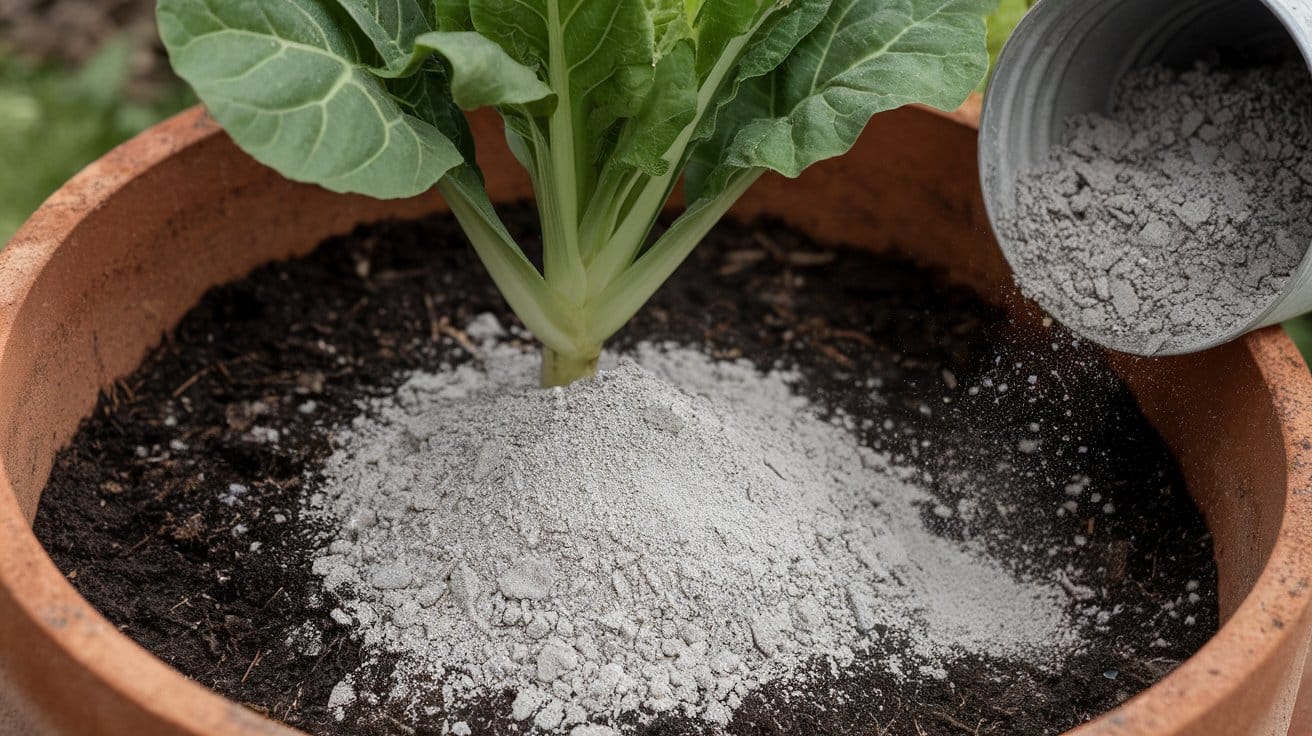
Wood ash from your fireplace provides potassium and raises soil pH. This works well for plants that prefer alkaline soil conditions.
Use wood ash sparingly since it’s very concentrated. Sprinkle a thin layer around plants and work it into the soil surface.
Apply no more than 10-15 pounds per 1,000 square feet per year.
Avoid using ash around acid-loving plants like blueberries, azaleas, and rhododendrons.
Store unused ash in a dry container with a tight lid. Never use ash from treated or painted wood, as it can contain harmful chemicals.
7. Seaweed Fertilizer
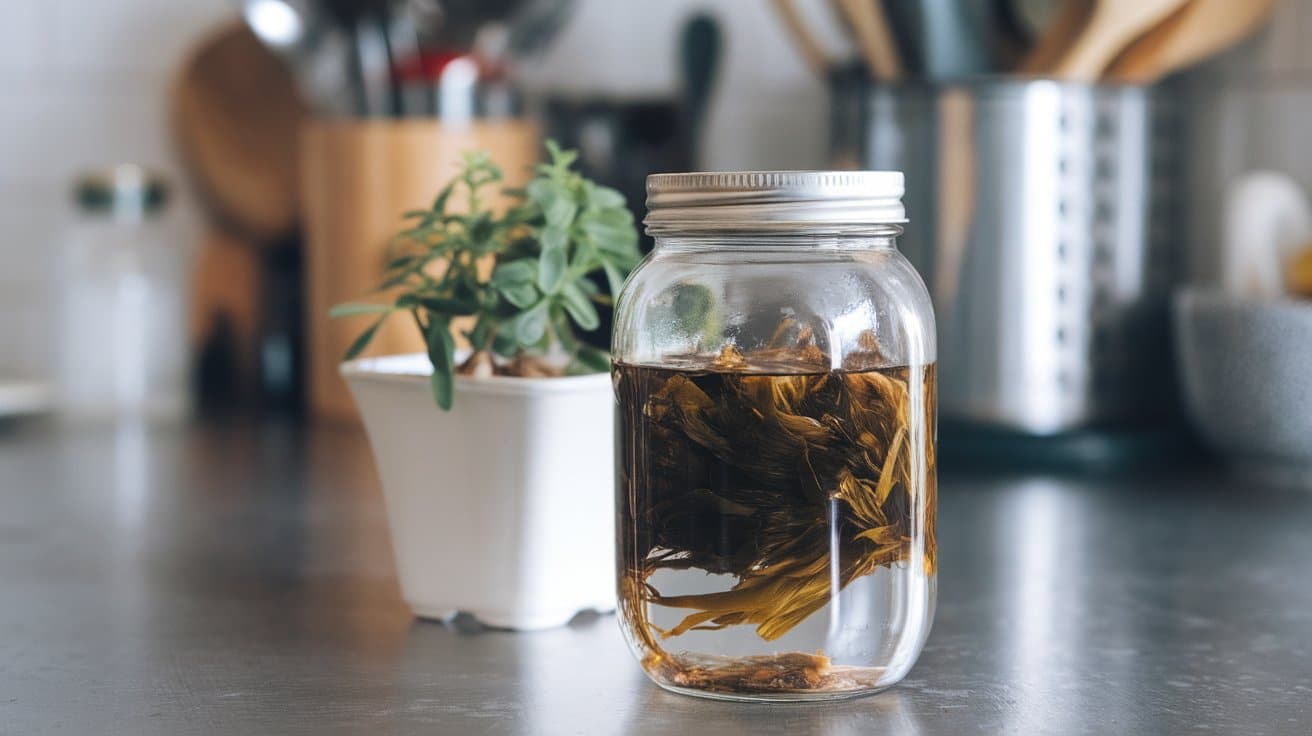
Fresh or dried seaweed contains over 70 minerals and natural growth hormones. It helps plants resist stress and improves overall plant health.
Rinse fresh seaweed thoroughly to remove salt before using.
Chop the seaweed into small pieces and soak it in water for several weeks until the mixture smells earthy.
Strain the liquid and dilute it 1:10 with water before applying to the soil.
You can also dry seaweed and grind it into powder. Mix this powder directly into compost or soil at planting time.
8. Leaf Mold Fertilizer
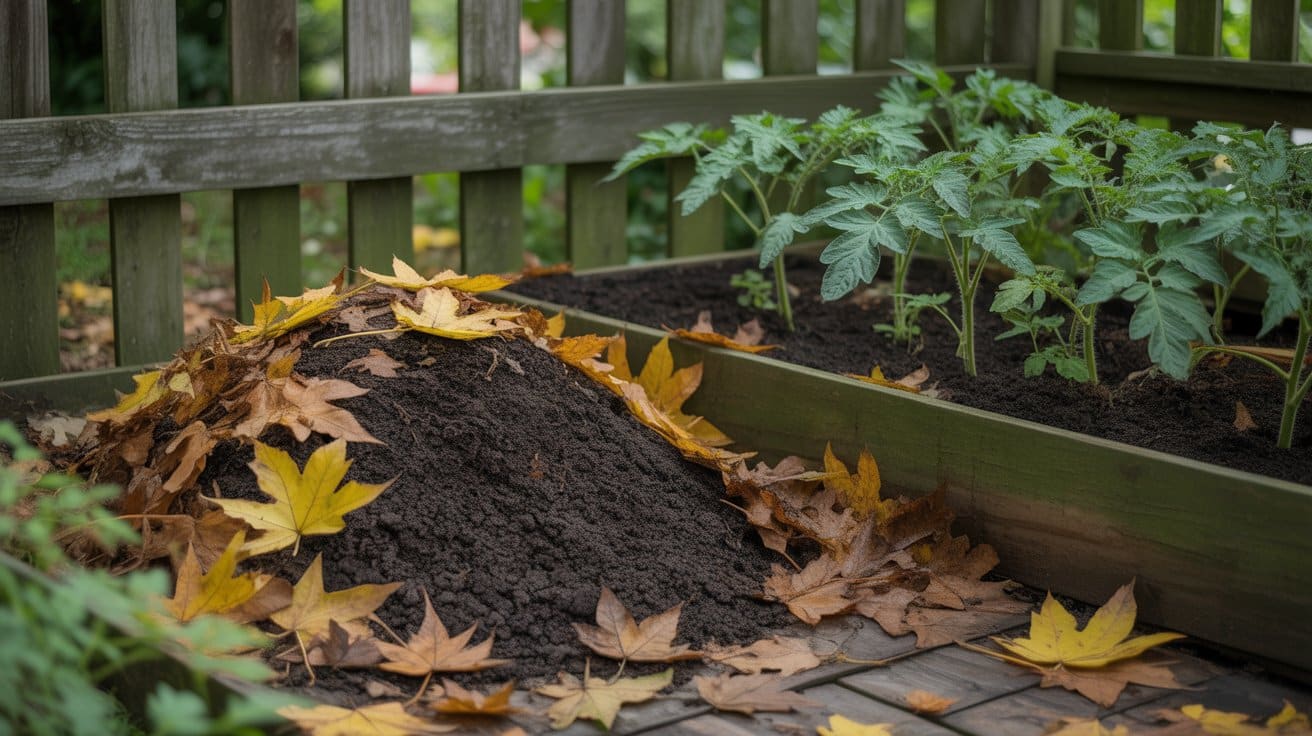
Decomposed leaves create an excellent soil conditioner that’s rich in organic matter.
Leaf mold improves soil structure and helps retain moisture.
Collect fallen leaves in autumn and pile them in a corner of your yard. Keep the pile moist but not soaking wet.
Turn the pile every few months to speed decomposition.
The leaves will break down into dark, crumbly leaf mold within 6-12 months.
Mix finished leaf mold into garden beds or use it as mulch around plants. It releases nutrients slowly and feeds beneficial soil microorganisms.
9. Rice Water Fertilizer
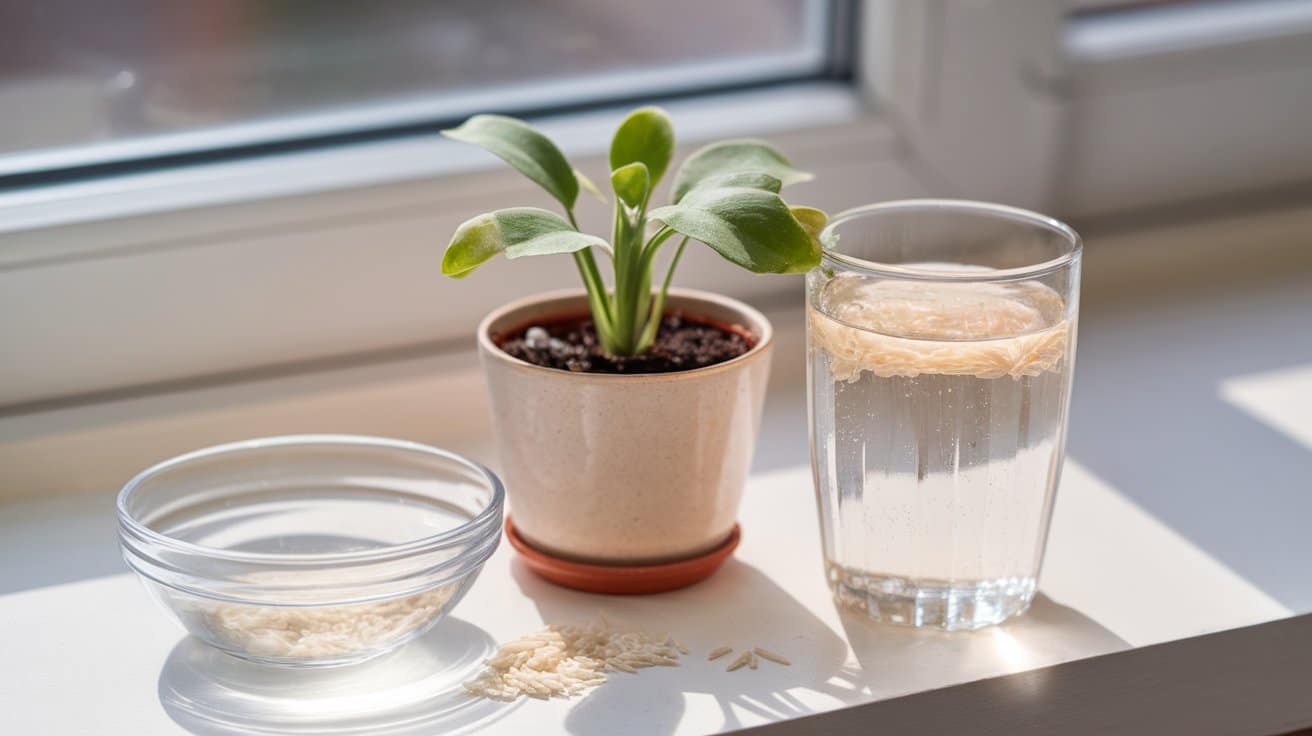
The starchy water left after cooking rice contains vitamins and minerals that benefit plants.
This mild fertilizer works well for houseplants and seedlings.
Save the water after boiling or steaming rice, but let it cool completely before use. Dilute the rice water with an equal amount of fresh water.
Apply this mixture to the soil around plants once or twice per week.
Rice water also promotes the growth of beneficial bacteria in the soil.
These microorganisms help break down nutrients so plants can absorb them easily.
10. Aquarium Water Fertilizer
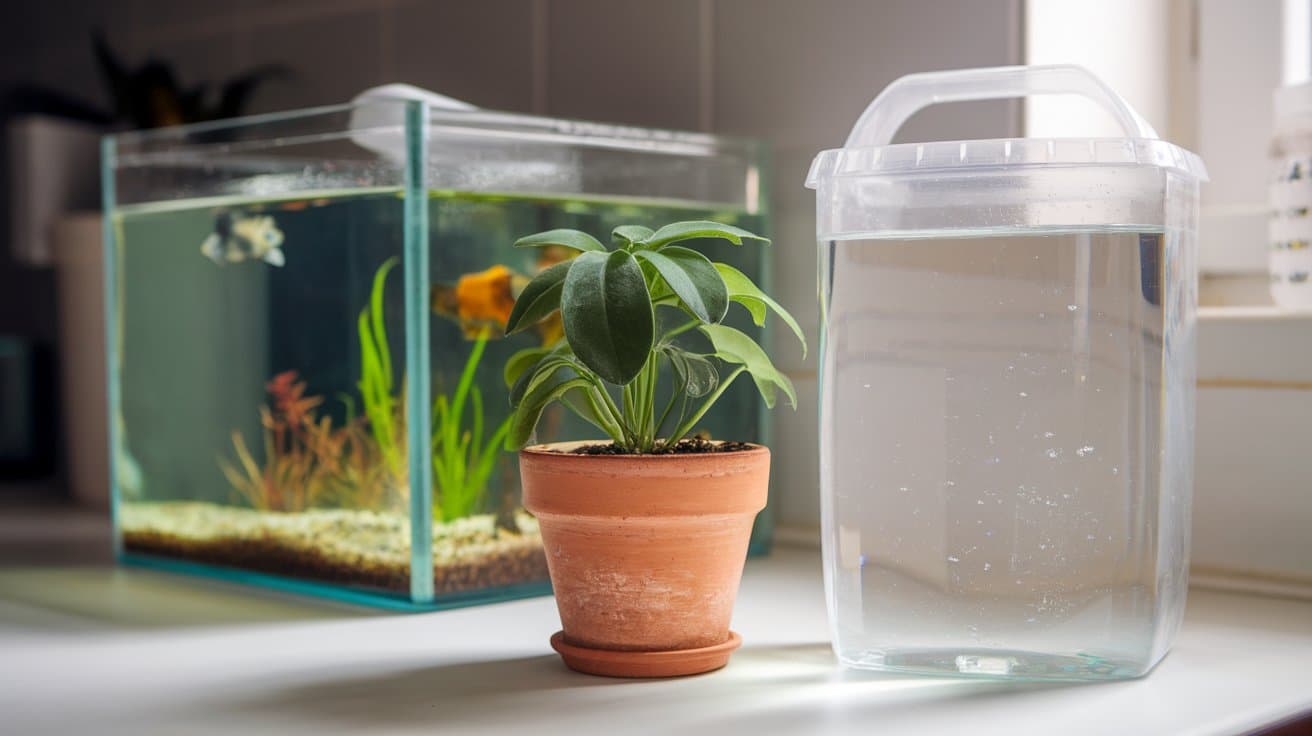
Used aquarium water contains fish waste that provides gentle nutrition for plants.
The nitrogen content is perfect for leafy vegetables and houseplants.
When cleaning your fish tank, save the old water instead of pouring it down the drain.
Use this water directly on plants without dilution. Apply weekly during the growing season for a steady nutrient supply.
Make sure the aquarium water doesn’t contain salt or chemical treatments that could harm plants.
Freshwater tank water works best for this purpose.
11. Molasses Fertilizer
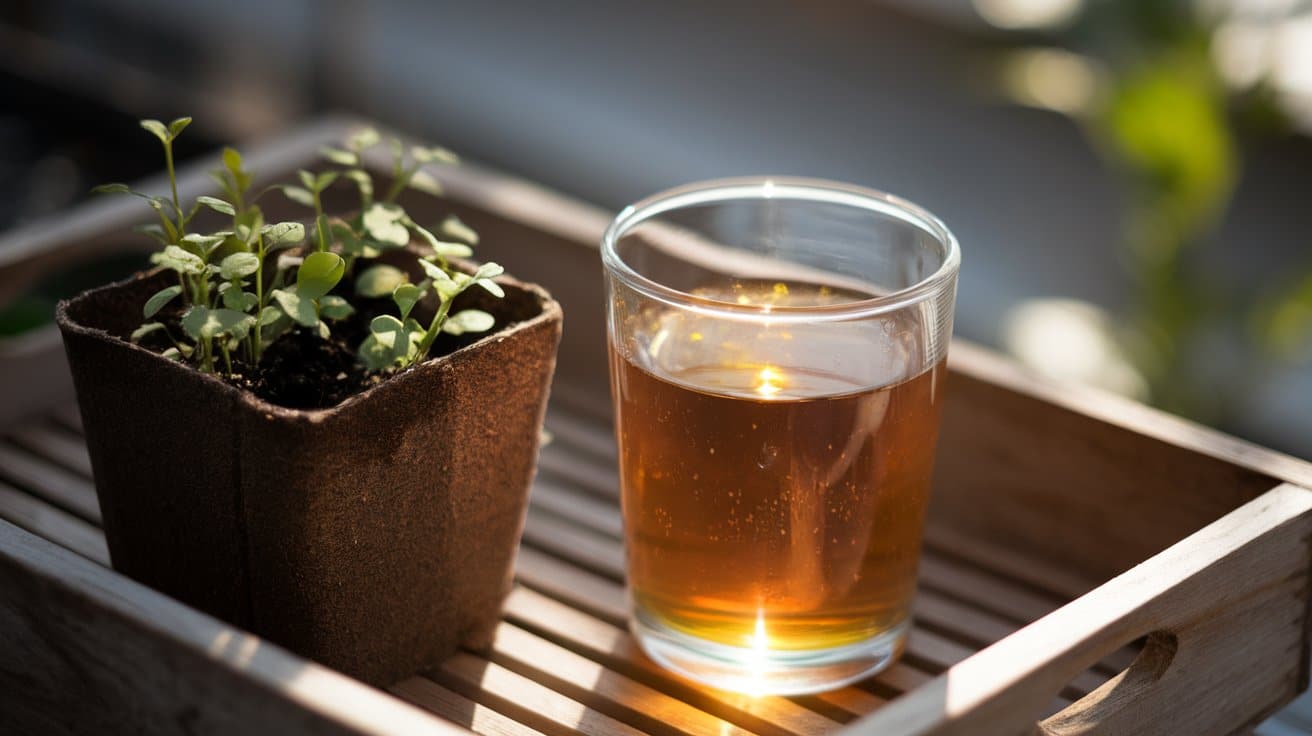
Unsulfured molasses nourishes beneficial soil microorganisms and supplies essential trace minerals.
Healthy soil bacteria help plants absorb nutrients more effectively.
Mix 1 tablespoon of unsulfured molasses with 1 gallon of warm water. Stir until the molasses dissolves completely.
Apply this solution to the soil around plants monthly during the growing season.
The sugars in molasses feed good bacteria while discouraging harmful soil pathogens.
This creates a healthier root environment for your plants.
Tips for Using Natural Fertilizers
To get the most out of homemade fertilizers, some planning and care are necessary.
Follow these simple tips to avoid common mistakes and keep your plants thriving naturally.
- Apply fertilizers in moderation to prevent root burn and nutrient overload.
- Combine different ingredients, such as coffee grounds and banana peels, for a balanced nutritional profile.
- Match fertilizer type to plant needs – tomatoes need calcium, leafy greens need nitrogen.
- Test soil pH before adding wood ash or coffee grounds to avoid shocking plants.
- Store liquid fertilizers in a cool place and use them within 24-48 hours.
- Apply during active growing seasons, not during periods of winter dormancy.
- Start with quarter-strength dilutions for seedlings and newly transplanted plants.
- Water plants after applying dry fertilizers to help nutrients reach the root zones.
Conclusion
Making natural plant fertilizer at home saves money and protects your family from harsh chemicals.
These recipes make everyday waste into potent plant food that fosters healthier soil over time.
Start with one or two recipes that use ingredients you already have on hand. Coffee grounds and banana peels are perfect for beginners.
As you gain confidence, try combining different fertilizers for better results.
Your garden will thank you with stronger growth, better harvests, and fewer pest problems.
Natural fertilizers create the foundation for long-term gardening success.
Frequently Asked Questions
How Long Do Homemade Fertilizers Last Before Going Bad?
Liquid fertilizers spoil within 24 to 48 hours. Dry fertilizers, such as crushed eggshells, stay fresh for months when stored properly.
What’s the Best Time of Year to Start Making Natural Fertilizers?
Spring is ideal when plants begin active growth. However, you can collect and prepare ingredients like eggshells throughout the year.
Do Natural Fertilizers Attract Pests or Rodents to My Garden?
Fresh kitchen scraps can attract pests. Always bury or compost materials first, and avoid using meat or dairy products.
How Often Should I Rotate Between Different Natural Fertilizer Recipes?
Switch fertilizers every 2-3 applications to provide a varied nutrient supply. This prevents soil imbalance and gives plants complete nutrition.

